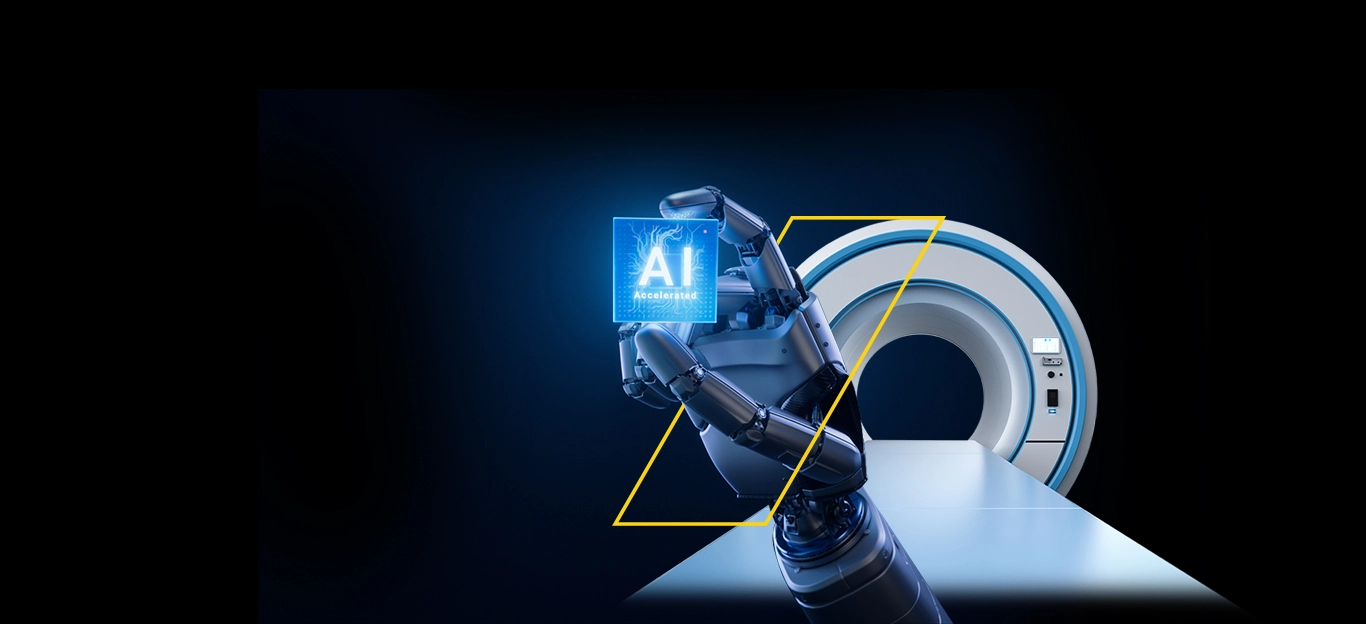404
Please try the following links to get back on track.
Explore LTTS
Mobility
We bring together digital and physical engineering, working across industries to not only design but also implement – to enable our clients to advance the movement of goods and people. Our Mobility segment encompasses Automotive, Trucks and Off-highway Vehicles, and Aerospace and Rail.

Sustainability
We partner with businesses that focus on fulfilling the consumer demands of today without compromising the future. We help them optimize production, streamline and enhance operations, retool their estate for the future and create smarter, connected infrastructure – so they can make the most of the resources that matter. Our Sustainability segment encompasses Industrial Products and Plant Engineering, which includes Industrial Machinery and Bui...

Tech
We make the foundational technologies that our clients use to develop and improve their processes and products – helping them to innovate faster, operate more efficiently, and stay ahead of the competition.Our Tech segment encompasses Medical Technology (MedTech) and Hi-tech, which includes Semiconductors (Semcon), Consumer Electronics, Hyperscalers, and Next-Generation Communications (NexGen Comms).




